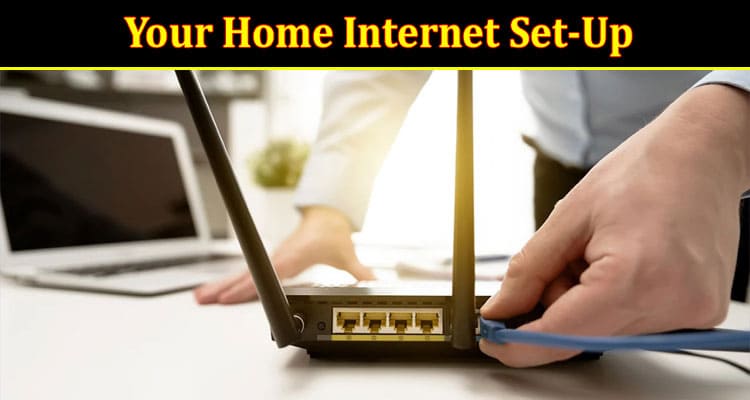We’ve all experienced it: after a long day at work, you sit down to watch your favourite program, only to encounter persistent buffering and quality drops. Then you pull out your phone and perform a speed test, which confirms that the internet connection is indeed slow. Though, you do not need to worry because in this article, we’ll show you how to speed up internet connections.
Bring Your Router Nearer
The signal quality will deteriorate as you go farther away from your router. As a result, more data packets will drop, and less information will be transmitted to your device by the router. Due to the time required to send the data repeatedly, the speed will decrease. You can buy access points to build a mesh network to widen this connectivity. Access points wirelessly link to your router, but each also expands your network by creating its own WiFi connectivity sphere. You can set up an access point on your back porch for simple outdoor streaming. If your router is downstairs, you can install an access point upstairs for a stronger WiFi signal.
Modify your internet’s bandwidth settings
Did you know that 20% of your bandwidth is set aside by Windows 10 for internal use? This rule was created to assist Windows in quietly syncing data and installing updates in the background, which might not be an issue with a fast internet connection. However, if you’re dissatisfied with your internet speed, you can change this setting to utilize all your available internet capacity. You can also check iSelect internet plans for all available internet plans and select the best one based on your need.
Disable Windows Update Delivery
Windows Update delivery is another built-in feature that can degrade your internet speed. Microsoft sends update files on your computer to a P2P file-sharing server that other users can access to speed up Windows Updates without overloading its servers. While this feature isn’t a bad idea (you can download updated files faster via other users’ computers as well), you could disable it to improve speeds even more. Utilizing Microsoft’s “Show or hide updates” function, you can entirely disable Windows Update, but doing so is not advised. Windows updates regularly release performance and security changes, making the occasional bandwidth they need worthwhile. Try other advice first before disabling Windows updates.
Disconnect other network-connected devices
Other wireless devices, such as home security and smart home devices, will not consume any of your limited bandwidth if you disconnect them from your network. You can do this by just switching off the device, disabling WiFi on your device, or joining a different network. There is a side benefit to this, though. To stay connected to the network, each connected device must send data to the router. Especially if you’re distant from the router, this data can interfere with yours and reduce the strength of your signal. As a result, by unplugging other devices, you will save time resending data and increase your actual speed.
Install the authentic Wi-Fi drivers
Skip this section if you’ve already completed it. But continue reading if you’re unsure. As you might be aware, the most recent versions of Windows automatically download drivers for various parts and gadgets, including WiFi adapters. This is also done by Windows 10 using a repository of drivers. Most of the time, Windows 10 successfully detects the WiFi adapter and selects the appropriate driver.
Final Words
With the help of the tips mentioned above, you ought to be able to maximize the use of your internet connection. To resume your online activity without lag or buffering, restart your router, plug in your device, and clean up your PC. It will increase your internet speed a lot.

